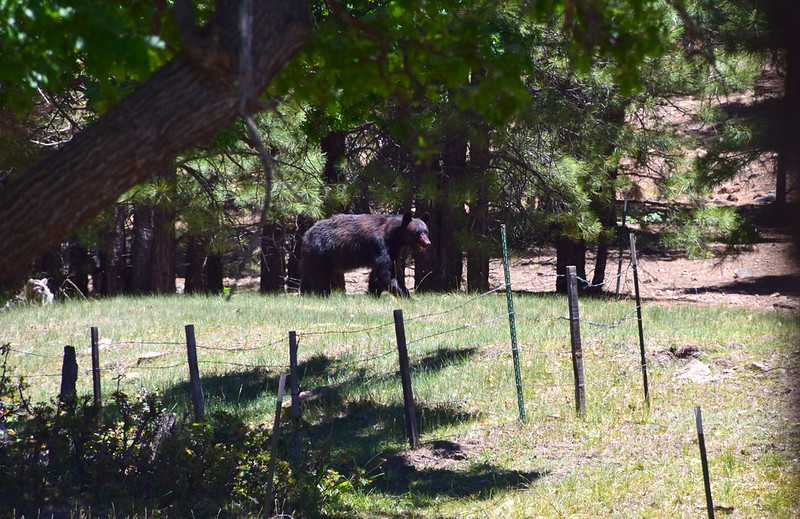Wildlife Safety
Arizona is home to a wide variety of wildlife, from large mammals like big horn sheep and mountain lions, to countless species of insects.
These guidelines apply to all types of wildlife, friendly or otherwise.
- Give the wildlife their space. Use those binoculars!
- Please leave “orphans” or sick animals alone. Often the parents are close by and are waiting for you to leave.
- Pets, where permitted, must be restrained at all times.
- Do not feed wildlife—they can become habituated to handouts, losing their instinctive fears of people. Often the only solution is to euthanize the animal.
- Leave the area if an animal shows signs of alarm. Watch and listen for raised ears, skittish movements, or alarm calls.

Be Bear Aware: Be alert to signs of bear activity—fresh scat, tracks, digging, turned over rocks, tree scratching, concentrations of natural food including carcasses. Avoid recreating in areas with a lot of fresh bear signs.
- Think in advance about what you would do in the event of an encounter.
- Make noise as you travel.
- Educate yourself on how to react or behave should you encounter a bear.
- Cook any meals at least 100 yards from any backcountry campsites.
- Store any attractants, such as food and scented toiletries, at least 100 yards from any backcountry campsites.
- Hunters: after making a kill get the carcass out of the area as quickly as possible; while field dressing, keep a can of bear spray within easy reach.
- Do not attempt to frighten away or haze a bear that is near or feeding on a carcass.
Additional Information
Mountain lions are more predatory than bears. While it is likely the animal will leave the area if humans are present, stay alert and be cautious. If you spot the mountain lion again, stay alert and be prepared to defend yourself aggressively.


